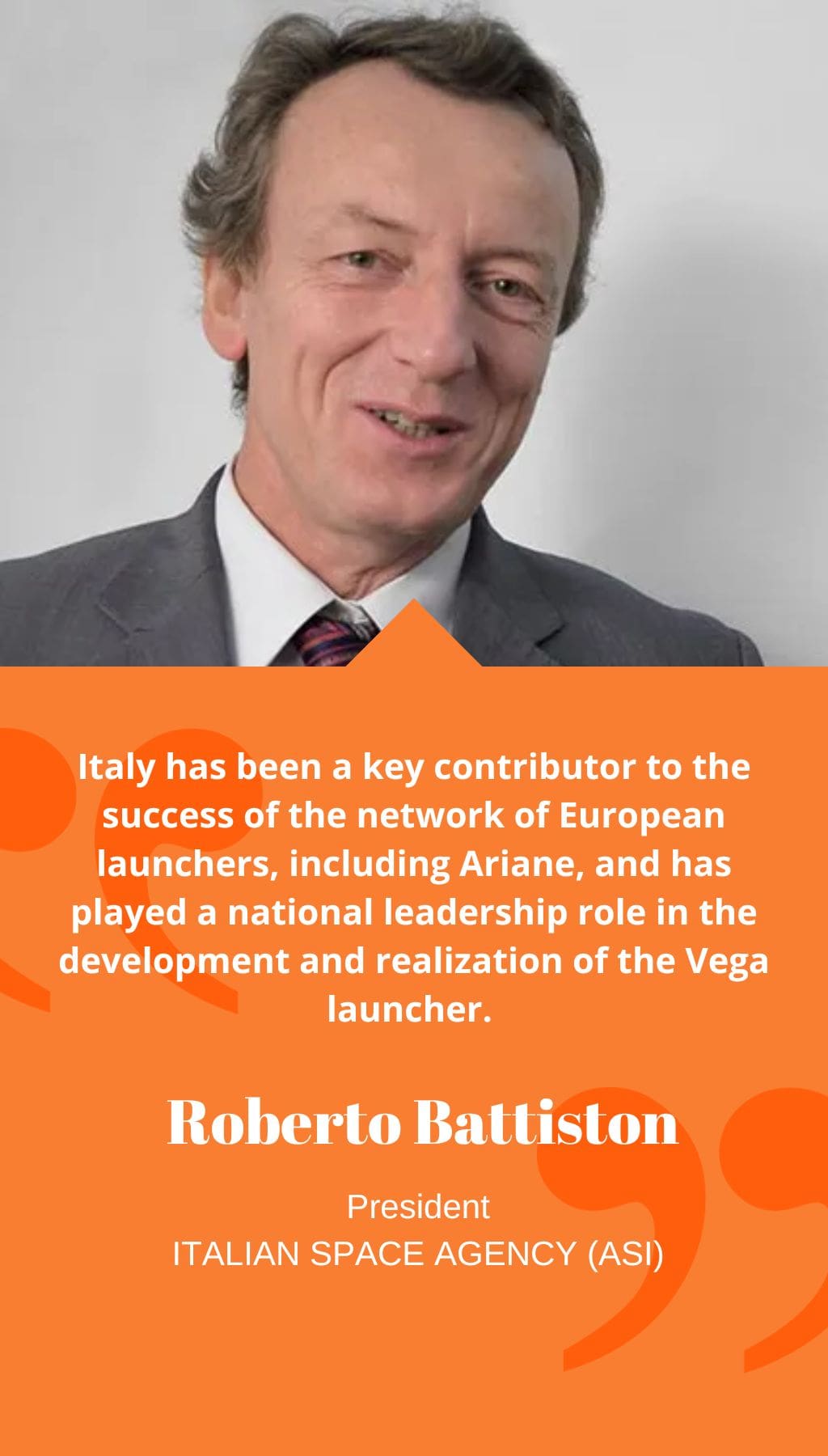
- Italy | 9 February 2018

Could you provide an explanation of the reasons behind the establishment of the Italian Space Agency (ASI) in 1988 and how the organization has evolved since then?
In the late 1970s, the significance of the space sector began to grow, and participation in international space programs became crucial. To effectively manage resources and strategies for research and participation in international programs, a coordinated approach was needed. In response, the National Research Council (CNR) proposed the establishment of an independent system to coordinate Italy’s space activities. As a result, ASI was officially founded in 1988. Since then, ASI has played a pivotal role in promoting Italy’s prominence in the technological, scientific, and industrial sectors, both through national initiatives and international collaborations with space agencies such as ESA, NASA, Roscosmos, JAXA, and ISA. In 2014, Italy took another significant step by establishing the Cabinet for Space Coordination Activities, which aims to define and coordinate the country’s space strategy and policy in collaboration with various ministries, Italian Space Agency, industry, academia, and other stakeholders. This framework emphasizes the importance of specialized aerospace clusters across Italy.
In which areas is ASI leading the field in terms of European and global space research and activities?
ASI’s focus is primarily on three key areas, which receive two-thirds of its funding: Universe Observation, Launchers, and Earth Observation. ASI has made significant contributions to the observation of the universe by launching scientific satellites and participating in prominent ESA and NASA missions dedicated to exploring the solar system, observing stars and galaxies, and studying high-energy astrophysics. These efforts have enabled Italy to achieve excellence in various fields of space research, with the country ranked sixth in the world for the number of scientific publications related to space. Italy’s participation in ESA’s scientific programs is substantial, with the country contributing significantly to missions such as Solar Orbiter, EUCLID, PLATO, JUICE, CHEOPS, and LISA Pathfinder, among others. Additionally, Italy has been a key contributor to the success of the network of European launchers, including Ariane, and has played a national leadership role in the development and realization of the Vega launcher. ASI is also at the forefront of Earth observation, particularly in X-band SAR systems, due to its COSMO-SkyMed satellite constellation. Italy’s technological capabilities and expertise position it among the select few countries capable of independently accessing space and developing space launchers, making this an important area of continued investment and research.
ASI is the third largest contributor country to the European Space Agency and also collaborates with the European Union. Can you elaborate on these relationships and the shared activities that ASI conducts?
Italy has a longstanding tradition of participating in EU research programs and has taken a leadership role in several major projects. ASI’s participation in Horizon 2020, for instance, has yielded financial returns that exceed the national average and the percentage of Italy’s contribution to the program, ranging from 13.5% to 14%. The European Union’s role in space is expected to continue to grow in terms of programs and financing. ASI also collaborates closely with NASA, with a strong bilateral partnership that spans various cooperative programs, particularly in the scientific field. Italy, along with other European countries, is a privileged partner in projects such as the International Space Station (ISS), and ASI has participated in numerous other NASA-led missions, including CASSINI, MARSIS, JUNO, and AMS-2. In 2015, ASI signed an agreement with NASA authorizing the use of COSMO-SkyMed images in exchange for post-doctoral bursaries for the United States.














